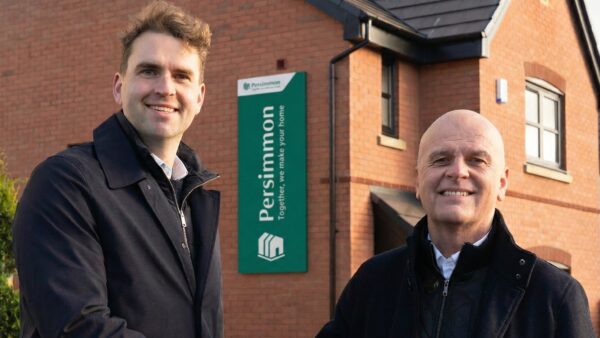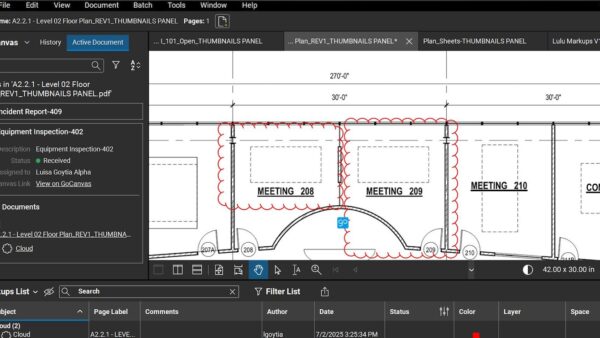
The government and industry must address the inconsistency of embodied carbon data and its availability for the UK to meet net-zero targets, Aecom states in a report for the Ministry of Housing, Communities and Local Government (MHCLG).
Aecom found there are large gaps in the availability of generic data among common building elements and materials across various carbon tools. An assessment was conducted for a sample of common building materials to identify gaps in environmental product declaration (EPD) data availability. The results showed that external works, services and furniture, fittings and equipment exhibited the poorest EPD data availability, possibly due to product complexity and a fluctuating supply chain for building services elements. A third of materials and products sampled lacked UK-based EPDs.
To address this, Aecom recommends:
- creation of a UK-based carbon dataset, using the carbon data that is currently accessible;
- the generation of product- and manufacturer-specific carbon data across current and planned policies to enable further generation of consistent carbon data. This could include developing systems to support manufacturers in developing carbon data and collating this data centrally to inform generic UK-based carbon databases;
- in the short term, the creation of interim methodologies, such as how CIBSE TM65 works for building services products, to reduce the gaps in data availability; and
- exploration of the development of low-cost LCA tools for use by SMEs to ensure that cost is less of a barrier to generating carbon data.
Aecom also found a large variation in carbon results for similar building products. To address this, consistent guidance should be created about how carbon tools should generate carbon factors.
Inconsistency of carbon tools
Aecom also reviewed carbon tools and noted further inconsistency. The report authors warn: “The variation between carbon tools and their outputs limits the ability for carbon assessment results to be compared. This, in turn, restricts the development of consistent datasets, impacting the development of clear, consistent benchmarks and targets. Furthermore, this may encourage gamification and hinder competition within the carbon tool market, as industry will likely wish to utilise the tool that produces the lowest carbon assessment results.”
To address this, Aecom recommends:
- the creation of a consistent methodology for both public and private carbon tools to follow. As a minimum, whole-life carbon, building elements and modelling assumptions within carbon assessments should be included in the methodology;
- the creation of a third-party verification process for carbon tools. The verification should confirm the data sources, that the calculations are in line with the chosen methodology, confirm the scope of the module and building element category, confirm the assumptions made, and verify the output format; and
- the creation of consistent guidance about how carbon tools should generate generic carbon factors.
Aecom found that the variation between the outputs of carbon assessments limits the ability to compare results across different developments. The report authors state: “This is a challenge for developing consistent datasets of carbon assessments. In turn, this impacts the development of consistent benchmarks and targets.” Thus, Aecom recommends:
- the development of consistent reporting mechanisms that enable streamlined carbon assessment data tracking; and
- three scope elements of carbon assessments must be clearly defined: the building type; the building element category scope; and the BS EN 15978 and BS EN 17472 lifecycle modules covered by the benchmarks and targets.
Misreporting of carbon impacts
To mitigate the misreporting of carbon impacts, Aecom recommends that carbon modellers should be upskilled and trained to ensure proficiency in carbon assessment methodologies, and that a clear definition of a competent carbon assessor should be established (along with developing and specifying training and/or experience requirements).
Finally, to combat the cost and knowledge barriers to the adoption of embodied carbon tools (especially for SMEs), Aecom recommends that various carbon tool solutions should be offered, including free options (similar to Future Homes Hub’s carbon tool).
The report comes with implied and stated caveats, neither of which weaken Aecom’s findings. First, it was commissioned by the previous government in 2023. Second, the MHCLG states in the cover note: “Publication of this report does not indicate any specific future action by MHCLG or wider government. We are considering the findings of this research as we consider whether government interventions would be appropriate.
“Recommendations made in the report are those of the authors, not government. Publication should not be taken to mean endorsement of specific recommendations.”















